N. Korea’s Strategic Strike attempt.
NORTH Korea has tried to attack South Korea’s transport system by hacking into railway workers’ emails, spy chiefs say.
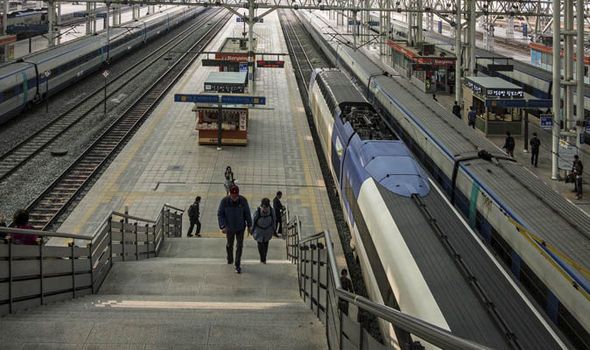
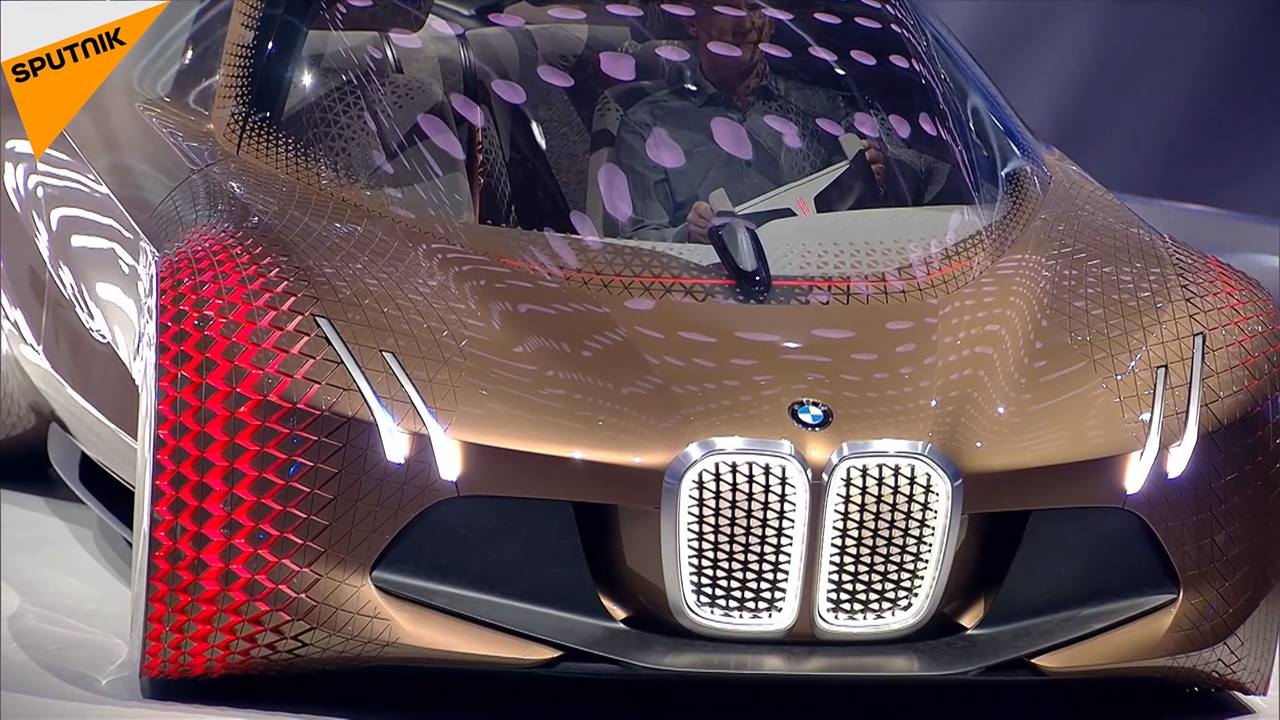

If and when self-driving cars become a practical reality, you’ll probably want something to do during your journeys besides chatting with passengers or checking your phone. Thankfully, Ford might have an answer. It recently obtained a patent for an “autonomous vehicle entertainment system” that would let you watch videos when you’re hands-free. Kick your vehicle into self-driving mode and a projector system could swing into action, complete with its own screen — yes, you could watch a movie while you’re on the way to visit family. Think of it as in-flight entertainment, just grounded.
As with most patents, there’s no certainty that Ford will ever use this. While the car maker is serious about autonomous vehicles, it could just as easily resort to flat-panel displays and other less dramatic hardware. There are some safety concerns, too. Do you really want the driver to be completely oblivious to road hazards? For this to work, driverless car tech will have to advance to the point where it’s truly reliable — where you can watch a 2-hour flick without worrying that your car might plow into a bus.
High-resolution satellite imagery can be used to monitor the flow of goods and commodities to measure global economic indicators. Our imagery can help economists, supply chain managers, hedge fund traders, and logistics operators identify operational inefficiencies and anticipate supply chain bottlenecks from above.
Here’s an example of our imagery in action, depicting supply chain changes in the Port of Long Beach, the second-busiest container port in the United States. The time lapse imagery shows dynamic fluctuations in features including shipping containers, cars and ships.
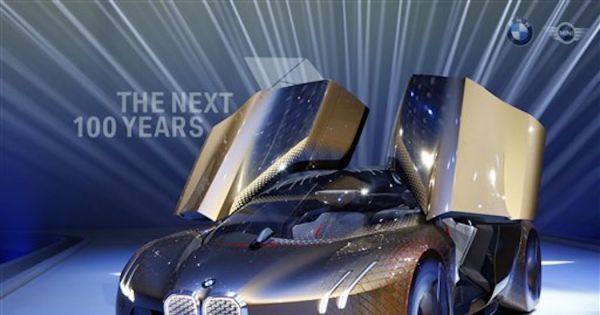
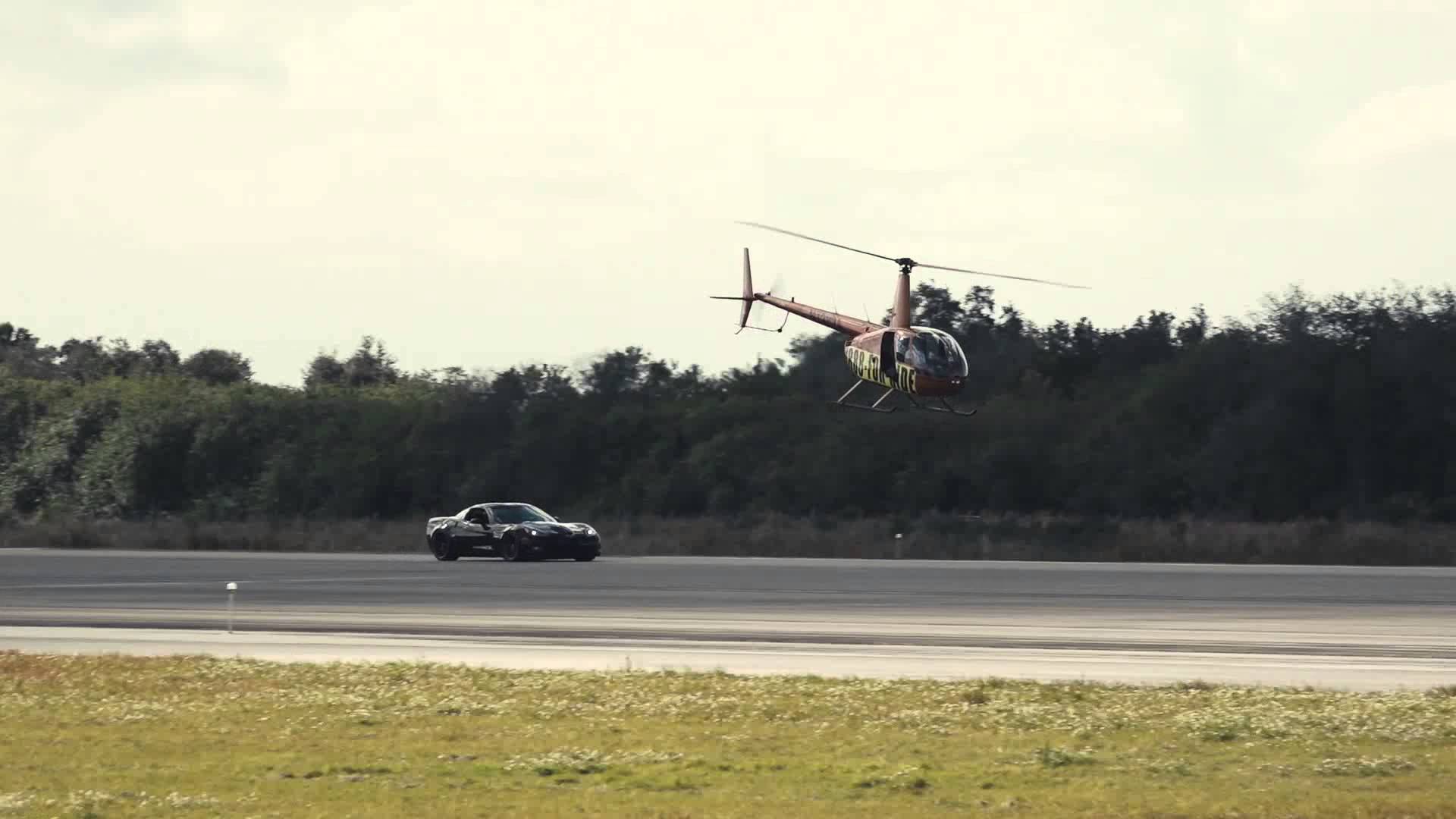
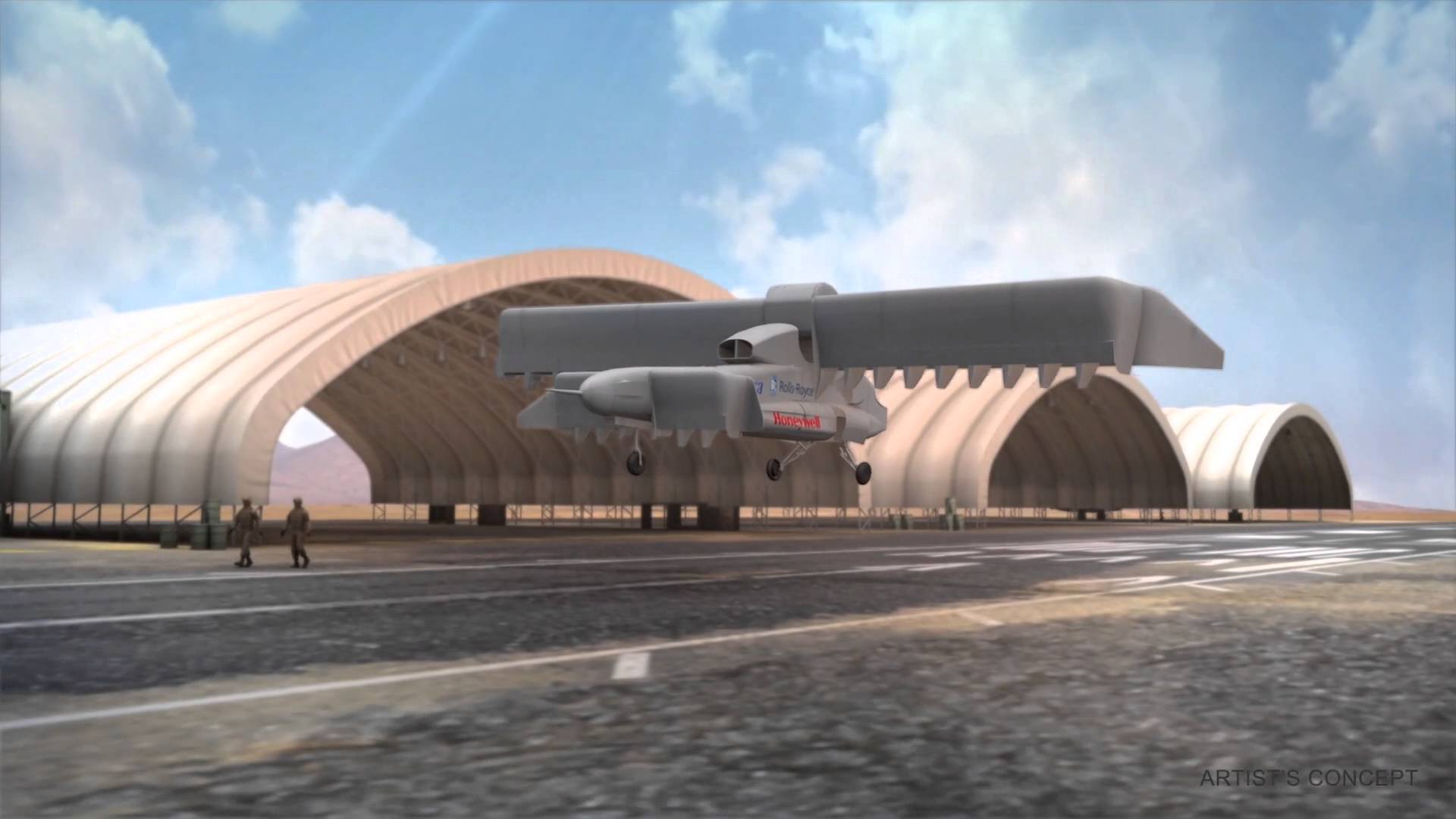
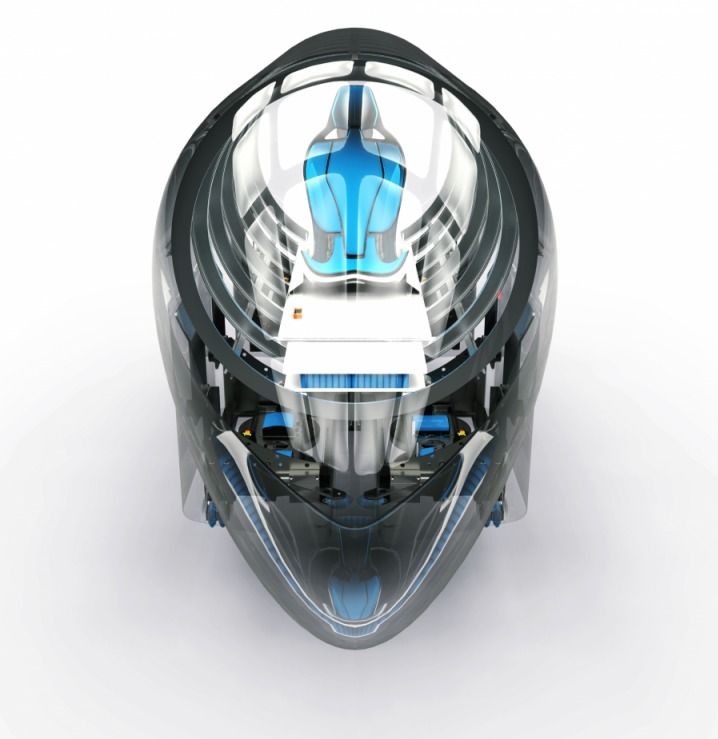
VideoDisclaimer: The author of this article, Jason Belzer, is a member of rLoop and serves as the non-profit’s legal counsel. When billionaire entrepreneur Elon Musk proposed the Hyperloop — a futuristic transportation system capable of propelling passengers to supersonic speeds — back in 2013, it is unlikely that even he could have imagined that just a few years later his vision would be tantalizing close to reality. Yet ironically, Musk, who has helped build companies like Tesla Motors and SpaceX that are on the leading edge of technological innovation, will not receive the credit if the Hyperloop indeed becomes a reality. Instead, that honor will be bestowed upon on a small group of teams now working feverishly to construct a prototype that will be tested this summer at SpaceX headquarters in California.
Imagine tackling one of the most complex engineering projects in the history of the human race, requiring countless hours of collaboration and experimentation by some of the world’s most talented engineers, and never actually meeting the people you are working with in a physical setting. You might think it’s impossible, or you might be a member of rLoop — the only non student team to reach the final stage of the SpaceX Hyperloop Pod Competition.
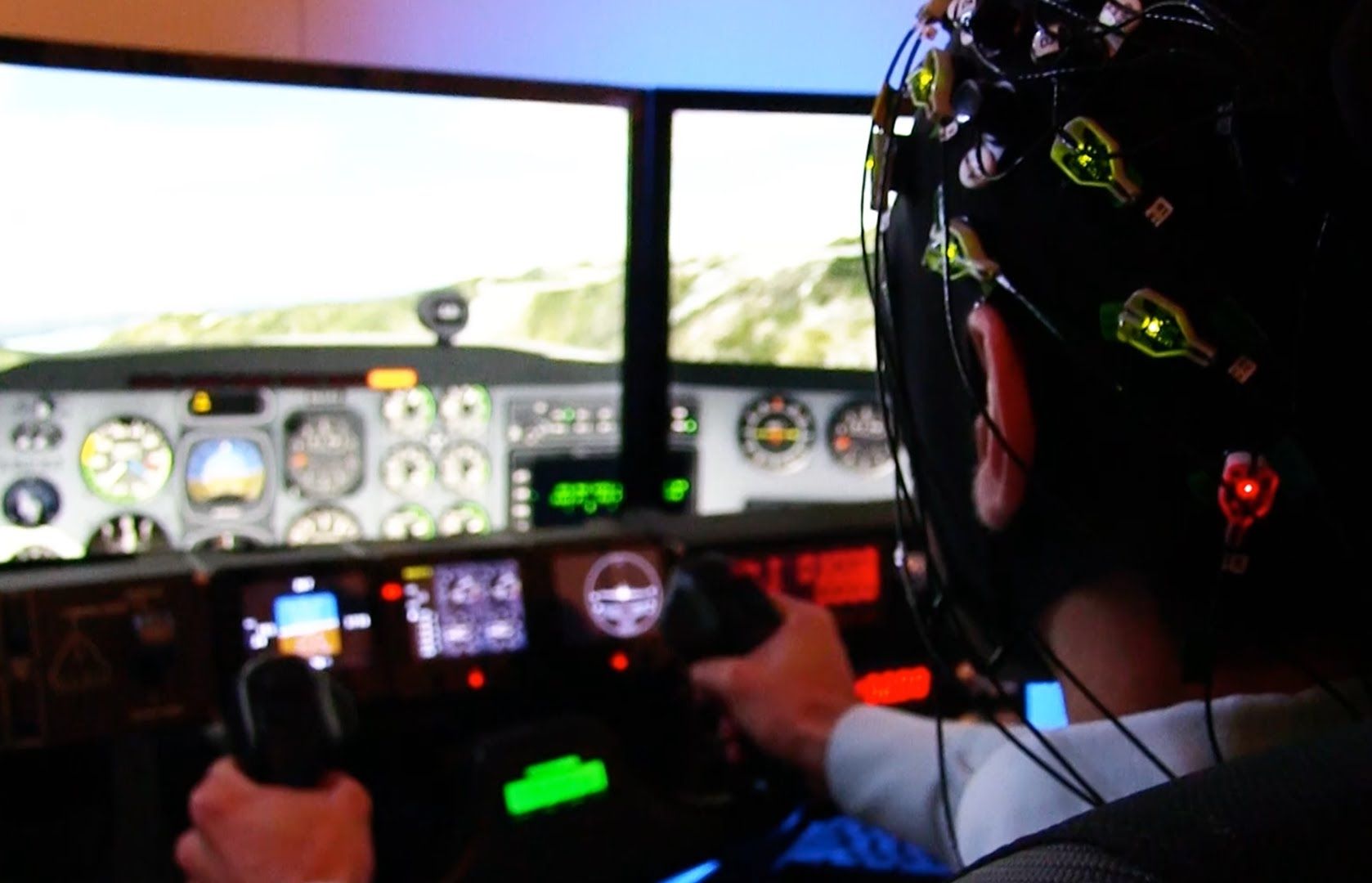
A cognitive neuroscientist and his team at HRL Laboratories in Malibu, California, seem to have achieved the impossible.
According to a press release, the team “measured the brain activity patterns of six commercial and military pilots, and then transmitted these patterns into novice subjects as they learned to pilot an airplane in a realistic flight simulator.”
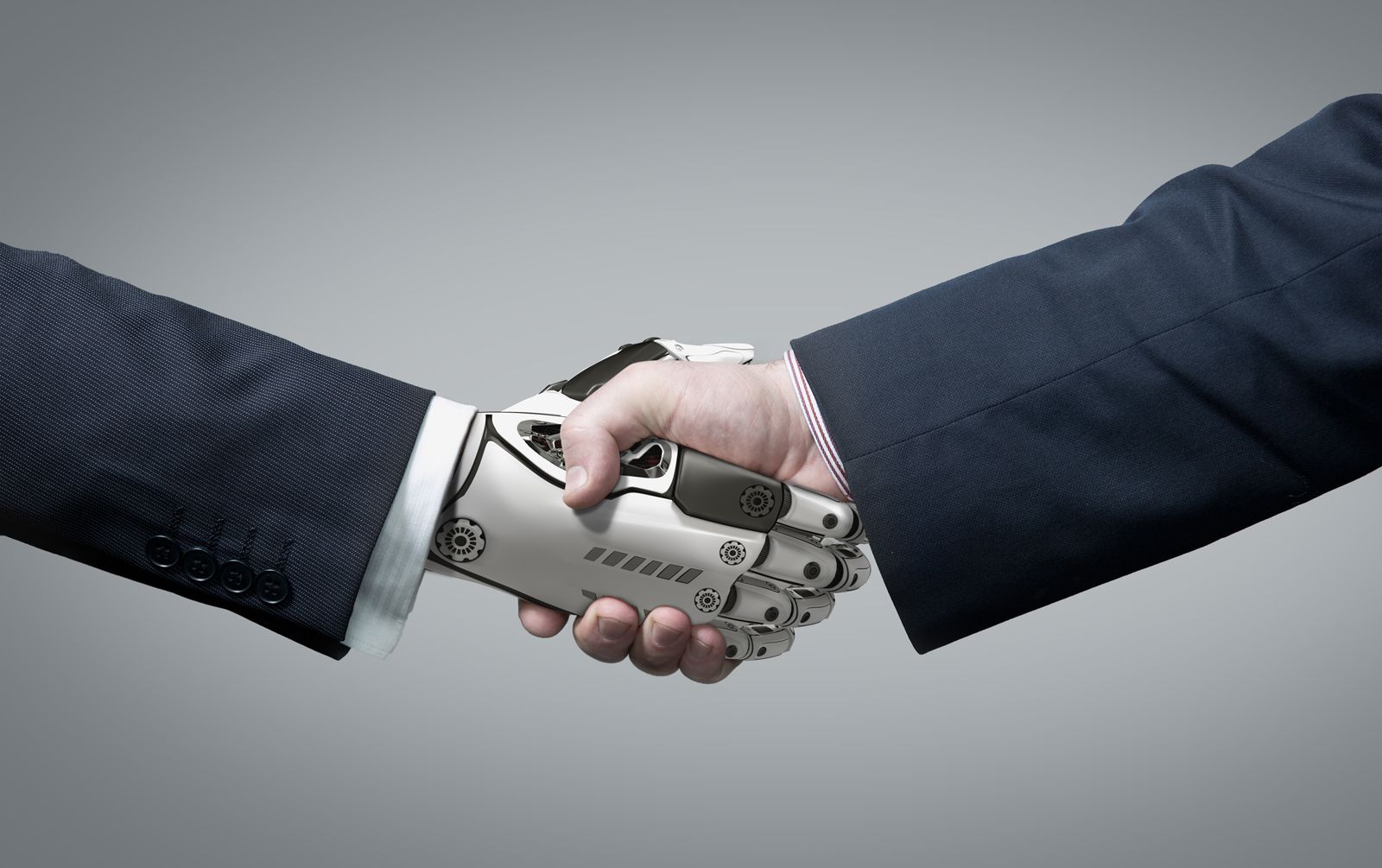
This looks very promising.
The human body is designed pretty well: Our muscles are able to switch between strength and dexterity, limbs stiffening when we do an energy-fueled task like lifting a bowling ball and softening when we do something delicate like painting with a brush. This ability is very rarely replicated in engineering systems, namely because it’s expensive, but also because it’s been damn hard to clone.
However, HRL Laboratories — the same Malibu-based researchers who brought you microlattice — has announced they’ve been able to replicate the reactions of human muscle in metal. Their goal is to use this new technology to create cars with smoother rides and, more intriguingly, more human-like robots.
In a paper published in the most recent issue of Science Advances, the researchers claim that their technology, “variable stiffness vibration isolator” can change from stiff to soft by a factor of 100 in milliseconds, independent of how much mechanical force is applied. This technology, they argue, far surpasses any previous mechanisms trying to do the same thing.